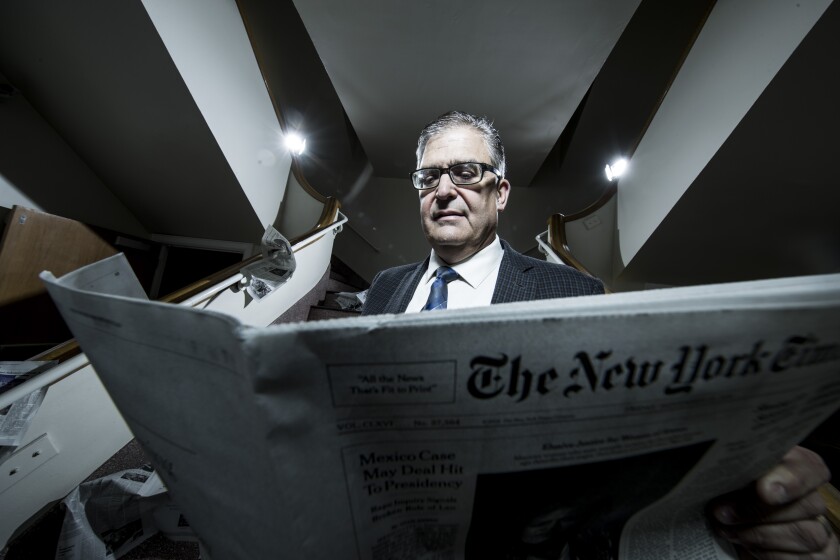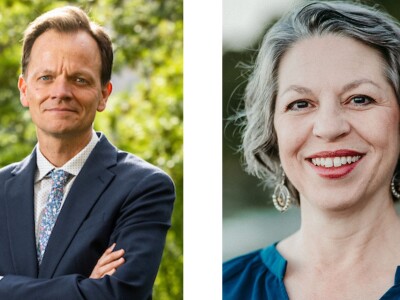Newspapers have shifted from strongly favoring Republican candidates in the 1950s to dividing their editorial endorsements almost equally
In the 1948 U.S. presidential election, republican presidential candidate and Governor of New York Thomas E. Dewey was heavily favored and endorsed by more than 80 percent of America’s newspapers. Journalists at the Chicago Tribune were so sure of Dewey’s win that the newspaper printed its morning edition early with the now infamous headline “Dewey Defeats Truman.”
What was predicted to be an easy win for Dewey is now considered to be the greatest election upset in American history as presidential incumbent Harry S. Truman swept the polls.
It’s scenarios like the 1948 presidential election that have Journalism Professor Joel Campbell taking a closer look at the effectiveness of editorial endorsements of presidential candidates.

“It’s difficult to say if there is any strong correlation between endorsements and how people vote,” Campbell said. “But more often than not, presidential candidates with the largest percentage of newspaper endorsements have won since 1940, the notable exceptions being Franklin D. Roosevelt and Harry S. Truman.”
According to Campbell’s research published in The 21st Century Voter: Who Votes, How they Vote, and Why They Vote, there was a substantial shift in how the news media endorsed candidates throughout the last 50 years:
- Newspapers have shifted from strongly favoring Republican candidates in the 1940s and 1950s to dividing their editorial endorsements almost equally between the two major parties.
- Democratic candidates are about 10 percent more likely to receive an endorsement than Republican candidates six decades earlier.
- Incumbents today receive an editorial endorsement about 90 percent of the time, up from 60 percent of the time in the 1940s.
In the 2012 presidential election, 77 of the top 100 U.S. newspapers endorsed candidates: 41 papers endorsed President Barack Obama, 35 endorsed GOP candidate Mitt Romney and a single paper registered a split decision. Another 23 papers did not endorse any candidates, including the two largest newspapers, USA Today and the Wall Street Journal.
Even though the candidate with the most endorsements has traditionally won the election, Campbell predicts that editorial endorsements won’t make any difference this fall.
“In this year's election there is so much information available on so many platforms, any media endorsement is likely to be drowned out by the din of voices,” Campbell said. “In the era of social media, the endorsement of those within one's circle of friends is likely to carry much more weight than that of a news organization.”
It’s not just the endorsement and election result relationship that interests Campbell, but also the ethical practice of news media favoring a candidate.
As a professor, Campbell teaches his students that journalists are supposed to be objective observers, but the long-standing tradition of editorial endorsements often gets in the way.
The Society of Professional Journalists Ethics Committee encourages editorial pages to promote thoughtful debate and let readers know through endorsements which candidates share the newspaper’s vision, while also taking every opportunity to explain the firewall between news and opinion.
But in an era of social media and frequently blurred lines between news and opinion, Campbell urges his fellow journalists to be more careful.
“Most people say ‘journalism ethics’ is an oxymoron,” Campbell said. “The distrust of the media and the feeling of bias in the media is greater than ever. Newspapers and news media endorsing candidates probably feeds into that.”
The College of Family, Home, and Social Sciences and the Office of Civic Engagement Leadership are partnering with Turbovote to facilitate online voter registration






